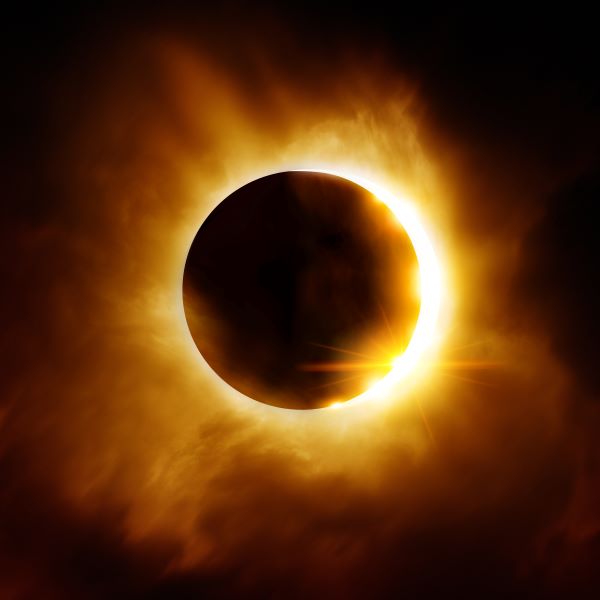Countdown to the Eclipse
Countdown to the Eclipse

The upcoming total solar eclipse is getting plenty of attention! Several communities in Western and Central New York are in the direct path of the eclipse that will take place on April 8. The moon will pass between the sun and the earth and block the sun from view. On April 8, in some key areas, the sky will darken as if it is dawn or dusk, according to NASA.
AAA anticipates that cities along the path of totality will experience high tourist volumes and increased traffic leading up to April 8 just as Easter travelers are making their returns to Western and Central New York. Totality is expected to begin on April 8 at 3:18 p.m. in Niagara Falls and Buffalo, 3:20 p.m. in Rochester, and 3:23 p.m. in Syracuse and Watertown, N.Y.
Excitement across the state is building over the viewing, which could lead to distractions for motorists. AAA’s advice:
• Plan ahead for the eclipse. Know where you are going to be and give yourself plenty of time to get there.
• Fill up your gasoline tank in your car now to ensure you have adequate fuel.
• Pack an emergency kit in your vehicle with basic tools, snacks and water in case you get stuck in heavy traffic.
• Do not attempt to watch the solar eclipse while driving! The better option is to find a safe place to park, and then observe the eclipse. The peak darkness phase will last just a few minutes. NASA has created an interactive map that allows you to find out when the eclipse will be visible in your area.
• Use public transportation to avoid the potential of clogged roads, breakdowns, and crashes.
• If you’re attending an eclipse viewing party where alcohol is served, plan ahead with a designated driver. It’s possible that ride sharing services may be limited on eclipse day.
• According to NASA, you should avoid looking directly at the sun without proper eyewear protection. The only safe way to look directly at the uneclipsed or partially eclipsed sun is through special-purpose solar filters, such as “eclipse glasses” or hand-held solar viewers. Do not drive with eclipse glasses on.
• Drive safely. Eagerness to view the eclipse is not an acceptable reason to drive aggressively or while distracted. Do not attempt to take pictures or video of the eclipse while driving.
• Drive with your headlights on. Not only will you be more visible to other drivers, your forward vision will be improved.
• If you’re traveling to an unfamiliar area, consider printing a map or directions in advance to assist with alternate routes if you encounter heavy traffic with limited cell service.
• Watch out for pedestrians! There may be many people standing in or along the roadway to get a glimpse.
• Watch for animals too! When a solar eclipse reaches totality, nocturnal wildlife can awaken, thinking that it’s nighttime, and non-nocturnal wildlife might think it’s time to head to sleep.
• Be alert to the possibility of increased traffic and distracted drivers swerving into your lane.
o To help prevent trouble, keep additional space between you and other vehicles.
o Reduce your speed so you will have more time to make an emergency maneuver if needed.
You can get more safety tips from NASA at https://science.nasa.gov/eclipses/future-eclipses/eclipse-2024/safety/. The next total solar eclipse that can be seen from the contiguous United States will be on Aug. 23, 2044.